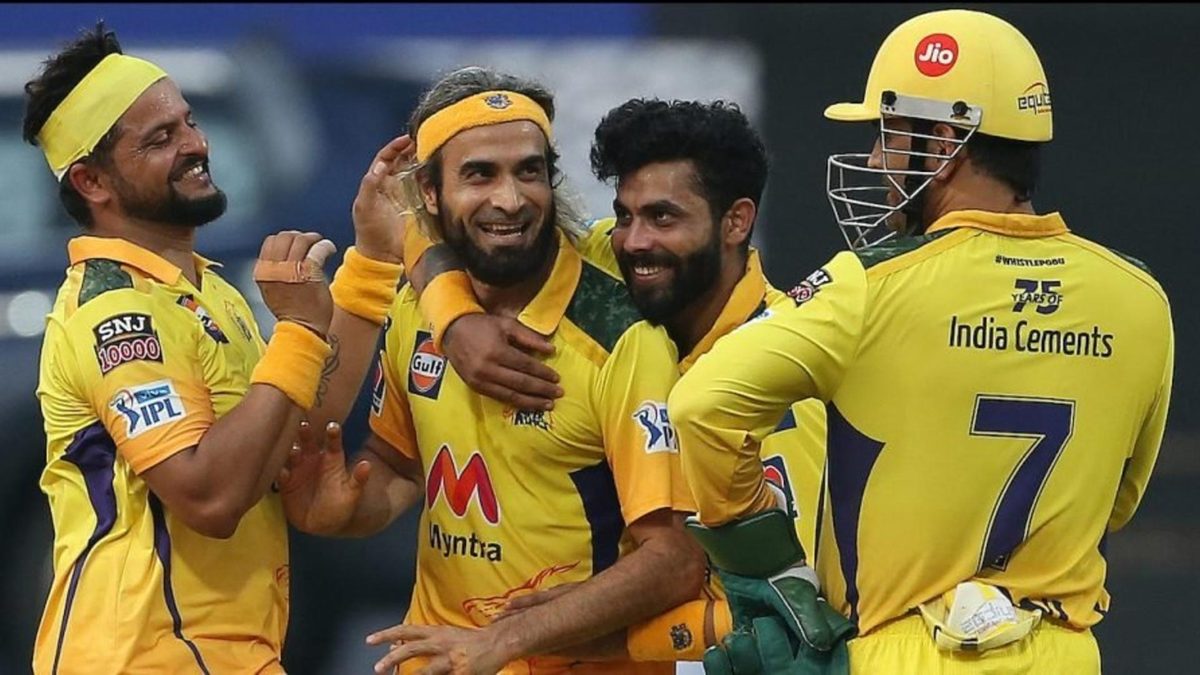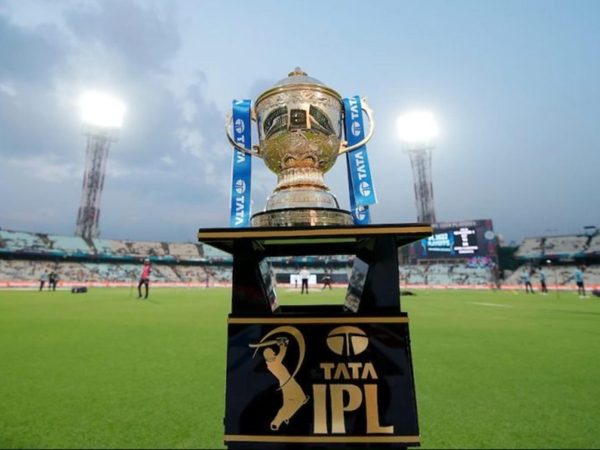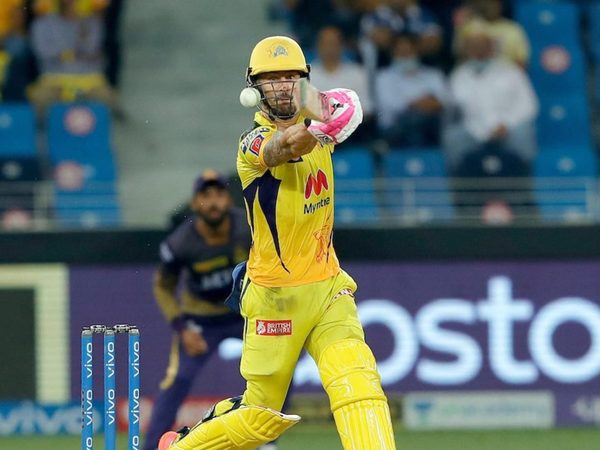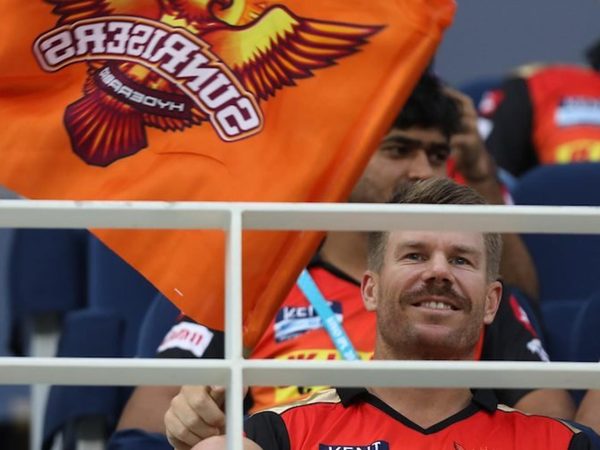
After a disappointing 2020, Chennai Super Kings (CSK) have started the 2021 IPL as one of the competition’s in-form sides. CricViz analyst Patrick Noone examines the factors behind their resurgence.
Chennai Super Kings are not used to failure. The 2020 IPL was the first year in their history that they failed to reach the knockout stages. It looked as though an ageing team was finally in need of a reboot, as an era that had seen the men in yellow reach eight finals, winning three of them, was coming to its natural end.
As it turned out, the changes that Chennai made between the end of last year’s IPL and the start of the current tournament were closer to evolution than revolution. Shane Watson’s retirement freed up some funds for the auction while experienced spinners Piyush Chawla and Harbhajan Singh were both released, as were Kedar Jadhav and Murali Vijay. Meanwhile, Moeen Ali was the only high-profile addition meaning Chennai retained the core of their great sides – Faf du Plessis, Suresh Raina, Dwayne Bravo, MS Dhoni, Ravindra Jadeja, Imran Tahir – as well as keeping faith with Stephen Fleming as head coach.
With Chennai’s first round of matches scheduled to be played in Mumbai owing to the limited travel imposed by Covid-19, many expected Chennai to struggle once again. For a team whose success had been so heavily based around the characteristics of their home venue – the slow, spin-friendly surfaces at the Chepauk Stadium – having to play five matches at the Wankhede Stadium was unlikely to suit them.
In the last five years, Chennai has been the venue with the lowest average run-rate of any IPL ground in Indian soil to have hosted 10 matches or more. That suited the Super Kings perfectly who, through a combination of high-quality spin and canny batsmen, could regularly strangle the opposition and come away with a victory in a low-scoring match. The Wankhede, by contrast, has been much more batsman friendly with the average winning score when batting first in that time as high as 185, compared to just 168 at the Chepauk Stadium.
It meant that Chennai’s team were not in the habit of posting big scores, simply because they rarely needed to. Their highest total during the 2019 IPL, the last season to be held in India, was just 179 yet they finished the tournament one run short of becoming champions for the fourth time. The ability to post big scores at the Wankhede is essential for success there and Chennai have delivered this season. Totals of 188 (twice), 191 and 220 when batting first have shown they have an extra gear, and they end their stint in Mumbai with four wins from five matches. What’s more impressive is that Chennai have made that start despite batting first in three of their five matches, something they’ve only chosen to do on five of the last 25 occasions they have won the toss in India.
So how have Chennai been able to turn it around, despite so much seemingly being against them? With the bat, the key improvements have come after the powerplay. During last year’s tournament, there was only a small uptick in their run rate from the first six overs to the middle nine, while this season that difference has been almost two more runs per over. In that middle phase between overs 7-15, Chennai have gone from losing a wicket every 34 balls to losing one every 23 balls, however that extra risk is offset by the obvious upside of an increased run-rate that has allowed them to regularly post commanding scores.
A lot of that extra impetus during the middle phase has been down to Moeen Ali. Chennai have positioned him at number three and given him licence to attack from ball one, as a kind of deluxe pinch hitter. Moeen has come to the crease inside the powerplay in three of his four innings so far, allowing him to get set before doing what he does best – taking down spinners in the middle overs. No batsman to have faced 30 balls or more in this year’s IPL has scored at a faster run rate against spin than Moeen and there cannot be many instances in which the left-hander has enjoyed such a clearly defined role in a team at either franchise or international level.
Moeen’s blueprint for attack in the middle overs has also given Ruturaj Gaikwad freedom to play a more expansive game than we saw last season. The opener has increased his middle overs run rate from 7.72 runs per over in 2020 to 10.06 runs per over this time around. Between them, Moeen and Gaikwad have been able to provide a platform for Chennai’s impressive array of death overs hitters.
Ravindra Jadeja showed what he can do in that phase in his final over onslaught of Royal Challengers Bangalore’s Harshal Patel and his tournament figures with the bat for the last five overs read 90 runs from 42 balls with just one dismissal. Sam Curran is not far behind with 51 runs from 24 balls in that phase, while even Dwayne Bravo got in on the act with a 20-run cameo from just eight balls against Rajasthan Royals.
Chennai deserve great credit for identifying the problem with their batting and then finding a way to fix it without needing to completely start afresh. The fact that they’ve achieved that in some of the least hospitable conditions that their side was previously built for is all the more impressive.
Despite their strong start, Chennai are not out of the woods just yet. Three matches in Bangalore – a venue even less suited to their traditional strengths than Mumbai – await them later in the tournament, but they could have done little more in the early stages of the tournament to have prepared themselves for that challenge. The reinvention of their batting, coupled with the return to form of bowlers such as Deepak Chahar and Shardul Thakur has made the men in yellow a force to be reckoned with once again.








